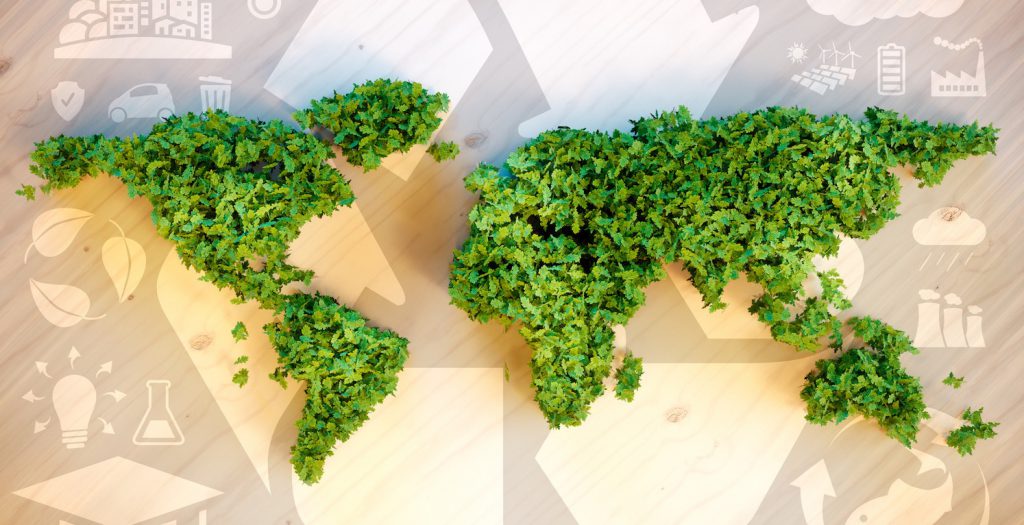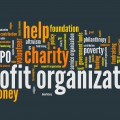In a nutshell: The Triple Bottom Line — accounting for profits, people and the planet — helps you align business goals with social responsibility.
There was a time, not too long ago, when business leaders believed they had only one responsibility: to increase shareholder value.
Recently, thinking has changed and organizations have taken a broader approach, considering their duty not just to investors, but to employees, the environment and the community. Today, you’ll find many companies talking about the Triple Bottom Line, which encompasses three Ps — profit, people and the planet.
Why the Triple Bottom Line?
Leaders who embrace the 3Ps say that business economics and social responsibility are no longer exclusive. This is because companies are quickly recognizing the role they play in the lives of others. The technology industry is at the forefront of this change — witness, for example, the strong environmental commitment at Apple — but many companies in more traditional industries are also welcoming the Triple Bottom Line.
The Human Angle
The people domain starts with your human capital —employees that propel the business forward and keep the gears turning. Failing to look after employees while making an outreach to the general community might come off looking hypocritical. Make sure that your employees are being treated fairly and ethically.
Once your employees are taken care of, consider all the other people that are affected by your organization. This includes suppliers, customers, the local community and even society as a whole. You might want to implement cause marketing to associate the company’s brand with a social issue. Leading companies will find a cause that aligns with the corporate mission or products: A restaurant might focus on child hunger, while an accounting firm might focus on financial literacy. Charitable organizations can receive grants for in-kind advertising from Google.
The Environmental Angle
Business leaders have recognized the connection between their organizations and sustainability and global climate change. In these areas, progress might be slow over one quarter or one fiscal year — the goal must be to think long term.
In many industries, looking after the environment simply makes good business sense. If loggers clear-cut forests and don’t plant new trees, they won’t have a supply of timber to harvest in a few years. Companies that ignore greenhouse gas emissions will have to buy expensive carbon credits.
Major companies such as Coca-Cola are making sustainability part of their business narrative.
Looking after the planet domain might require rethinking some of your long-held ideas about business. For example, just-in-time delivery has been a leading practice for many years now, but consider how much fuel is used to provide frequent deliveries. Warehousing and fewer deliveries might cut down on your organization’s carbon footprint.
Being Accountable
The Triple Bottom Line must be more than just talk. Just as profits are described in a financial framework, with gains and losses carefully monitored, so too must the other elements in the 3Ps. This means creating an accurate framework for measuring success and failure. Some companies accomplish this by assigning a monetary value to their efforts with people and the planet. Others create an index that uses units other than dollars. Some examples of indexes are carbon footprints, which can be measured as carbon dioxide, and employee satisfaction survey results, which can be measured on a five-point scale.
What the Critics Say
Not everyone is a fan of the Triple Bottom Line. Detractors are quick to reinforce the old line of thinking, which is that the only mission for a business is to create shareholder value. If shareholders are enriched, they say, they can individually decide where best to invest their money to help people and the planet.
Critics also say that social causes detract from the business mission, that the 3Ps are a shallow attempt to gain good publicity, and most companies are only embracing the Triple Bottom Line to preempt government regulations.
The Last Word
Is the Triple Bottom Line right for your organization? That’s a question only you can answer. But don’t ignore the fact that the business world is shifting toward greater accountability for people and the planet. What’s more, customers — including major companies and government agencies — are starting to consider these factors when making purchasing decisions. The internet makes finding this information easier than ever before. Companies that embrace the Triple Bottom Line might have a business advantage in the future.






